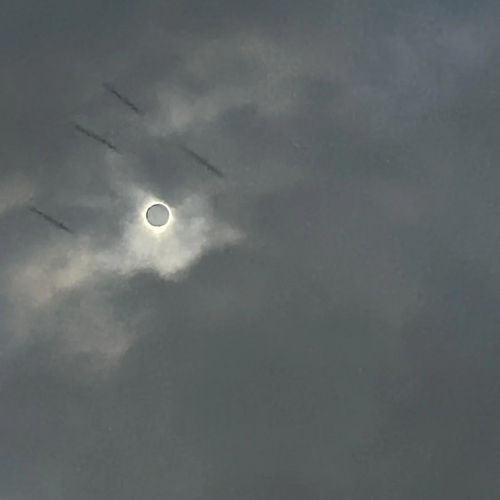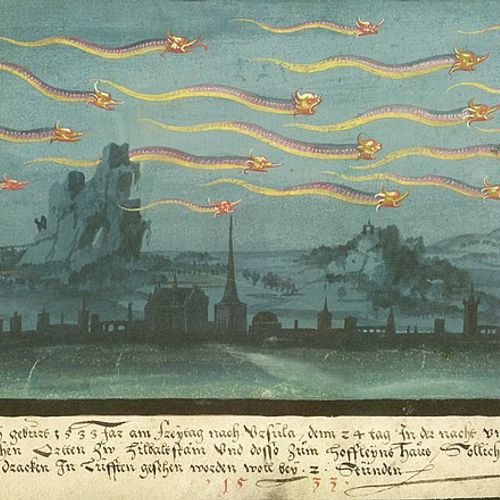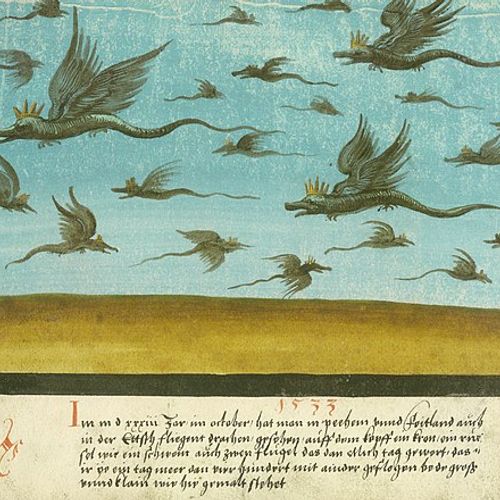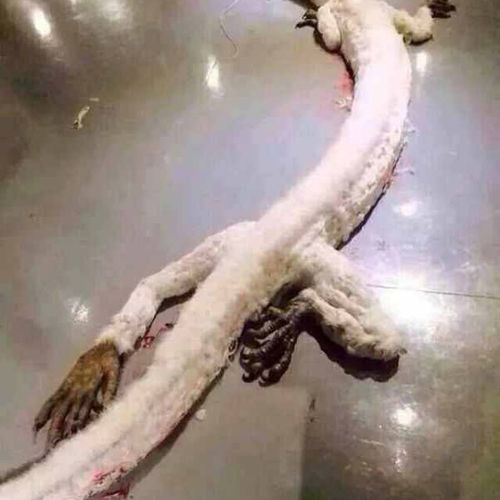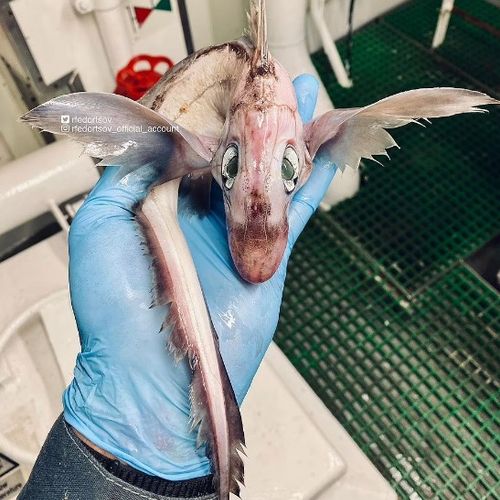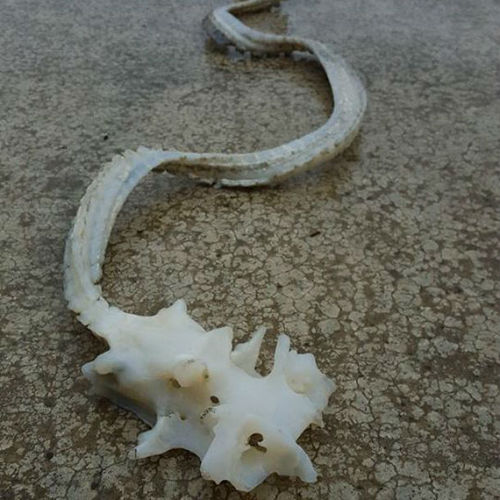| Added | Wed, 31/10/2018 |
| Hierarchy | |
| Другие названия | Snake
The Serpent
Dragoon
Schooltown
Lindworm
Wyvern
Naga
|
| Область распространения | All over the world |
| Характерные признаки |
→
→
→
→
→
→
→
→
→
→
→
→
→
→
→
→
→
→
→
→
→
→
|
| Sources |
A creature from the mythology of Europe and Asia in the form of a huge winged lizard-like creature.
Dragon (Greek: δράκων) — a collective name that unites a number of mythical creatures that appear in the myths and folklore of many peoples of the world.
European Dragon
European dragons from Catalonia are depicted as snake-like creatures with two or four paws. Their breath is poisonous, and touching can kill by decomposition and rotting. According to French legend, dragons are also referred to as dragoons. In the Italian legend, or rather in the Sardinian myth, a dragon named skultoun is mentioned, capable of killing people with one glance, as they say, he was immortal and lived in undeveloped areas of the country. Dragon-like wyverns with two legs have been mentioned and used as symbols in English culture since medieval times.
Eastern Dragon
Chinese dragons are more serpentine than European ones, and are usually depicted as benevolent creatures. Although there are exceptions. Such dragons are also depicted in various shapes, colors and sizes. Japanese dragons are very similar to Chinese, but they have three claws instead of four. As a rule, they are depicted as benevolent, having a golden color.
Norse mythology
In Scandinavian mythology, lindworms are mentioned, usually having two paws. The World Serpent Jormungand is depicted as a giant snake with signs of a dragon. The poem The Divination of the Velva tells about a dragon called Nidhegg. The Edda describes the dragon Fafnir, who was also a lindworm. Vikings at one time loved to decorate their ships with dragon heads, thereby intimidating their opponents.
Greek mythology
In Homer's Iliad, King Agamemnon has a symbol on his chest in the form of a blue three-headed dragon.
Egyptian mythology
Apep, also known as Apophis, was a divine serpent or giant snake in Egyptian mythology. Apophis was supposedly the mortal enemy of Ra, the sun god.
Slavic mythology
In Slavic mythology, the dense dragon is associated with a snake. Russian dragons are usually depicted with three heads. According to some legends, if such a dragon's head is cut off, it will grow back. In Russia and Ukraine, the most famous likeness of a dragon is the Gorynych Serpent, which has symbolic three heads and spits fire.
Other Russian dragons (such as Tugarin) have Turkic names, probably symbolizing Mongols and other nomadic peoples. The coat of arms of Moscow also depicts St. George (symbolizing Christianity), who kills a dragon (symbolizing Satan).
Indonesian-Malay mythology
In Indonesian and Malay cultures, dragons are referred to as Naga or Nogo, and are often depicted as giant snake-like creatures. Indian and Indonesian dragons (Naga) are considered divine and benevolent.
Hindu mythology
In Hindu mythology, draconian snakes, known as Nagas, occupy a prominent place and are usually equated with cobras. They tend to be neutral creatures, but are more often portrayed as benevolent rather than malevolent.
Vietnamese mythology
Vietnamese dragons are symbolic and very important creatures in the folklore and mythology of Vietnam. According to the mythology of creation, humans descended from dragons and faeries. The Vietnamese believe that dragons cause rain, which is very important for agriculture.
The term "dragon" has also come to be applied to mythical Asian dragon-like creatures, such as Japanese ryu (竜), Chinese lun (龍), Vietnamese long (龍), Korean yong (용) and others.
The earliest attested reports of dragon-like creatures tell of some giant snakes. Dragons were first described in the mythology of the ancient Near East, as well as in the art and literature of ancient Mesopotamia.
Often it flies, less often it glows or spews fire. For many peoples, his appearance in the sky foreshadowed misfortune.
It is often mentioned that dragons have an insatiable appetite, they live in caves where they hoard and guard treasures.
Phenomenon in mass culture
Phenomena
Related facts
Related news
Log in or register to post comments
